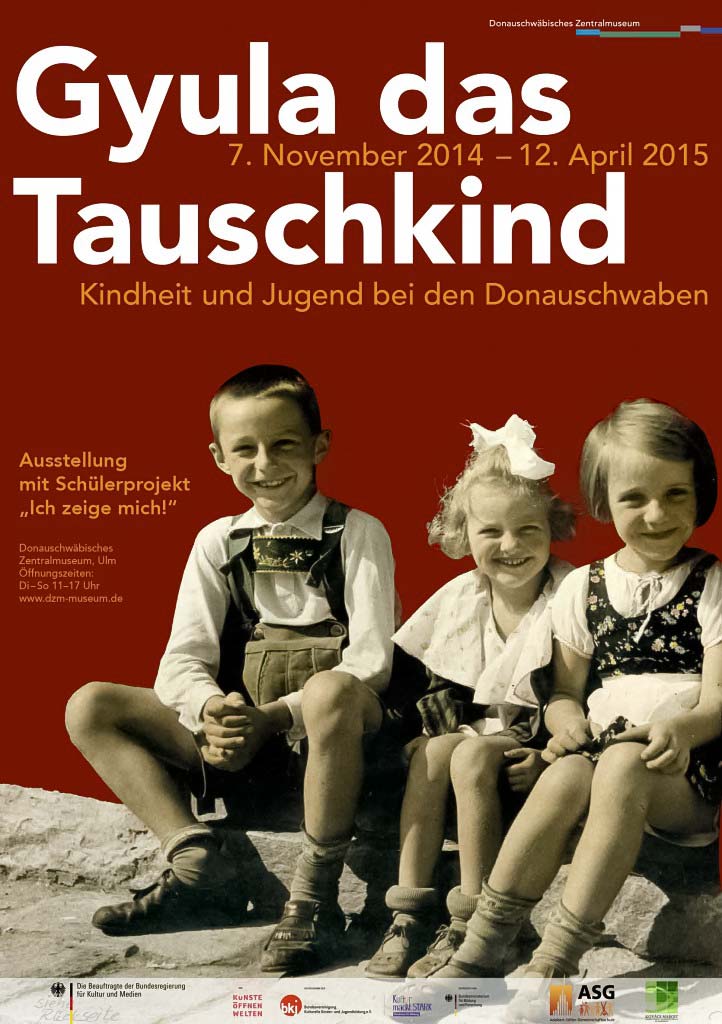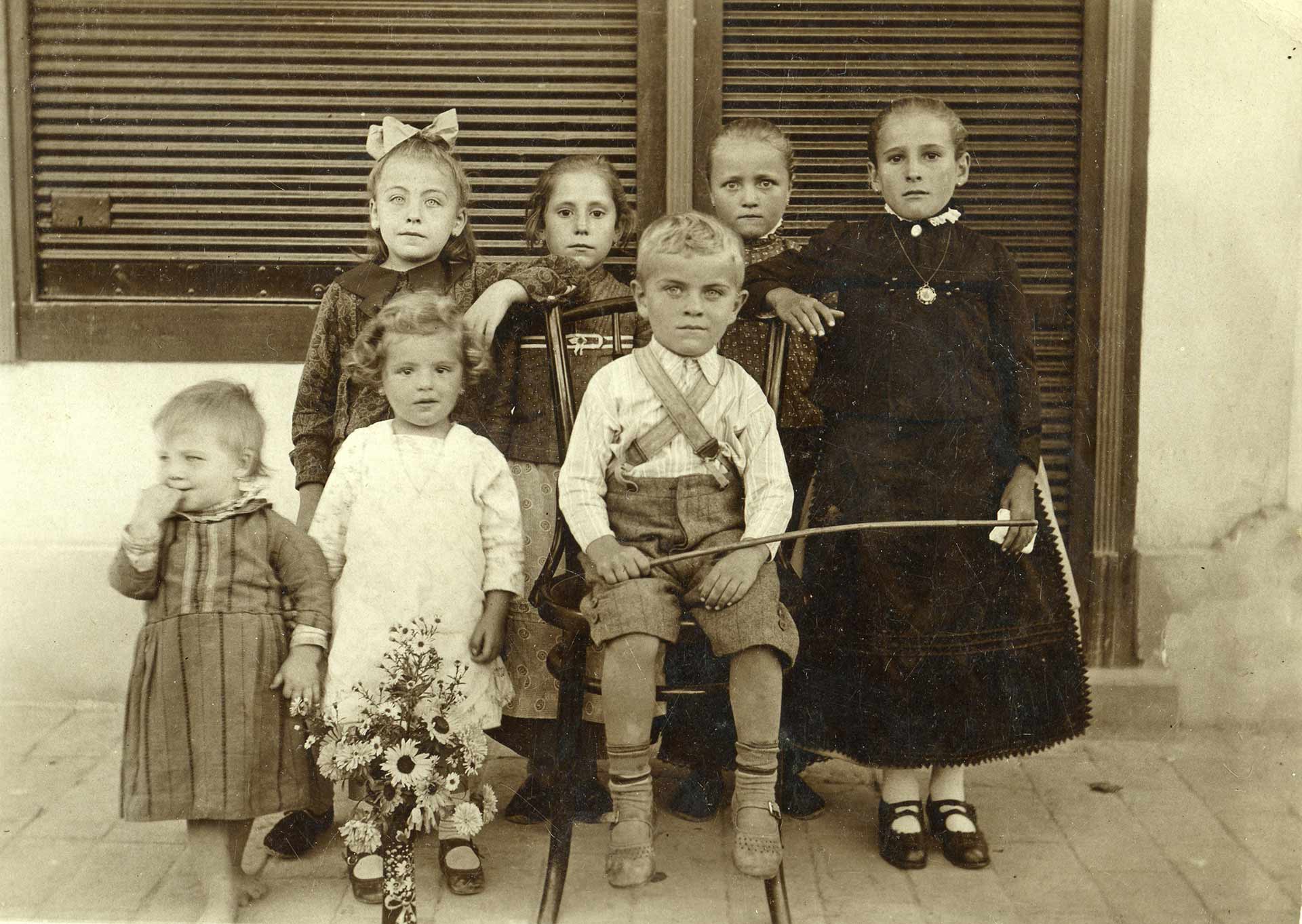Gyula the swap child
Childhood and youth among the Danube Swabians
07.11.14 - 03.05.15
How do children and young people develop in a multicultural environment? The Danube Swabian history gives many answers to this question. In the exhibition, girls and boys talked about what they experienced in the past. How do children and young people develop in a multicultural society? What is it that shapes you? Which values, rules and mechanisms determine your growth?
The exhibition unfolded a diverse panorama of answers by telling Danube Swabian life stories. In the orderly society before the Second World War, the boundaries of which were often narrowed down by family, church and school, colorful splinters flash up: friendship and children’s games, adventure and curiosity, love and boldness.
There were, for example, the exchange children to be discovered: Parents of different ethnic groups (often German and Hungarian) took each other’s children in so that they could get to know the other language and way of life. As modern as this practice appears, other traditions seem distant to us. Girls often marry at the age of 15.
No, it wasn’t an ideal world. Children and young people were not spared the horror and violence that the Second World War brought to the Danube Swabian settlement areas. How did you process what you experienced? How did they become the people who can still tell us about back then?
The exhibition was funded by the Commissioner for Culture and the Media.



